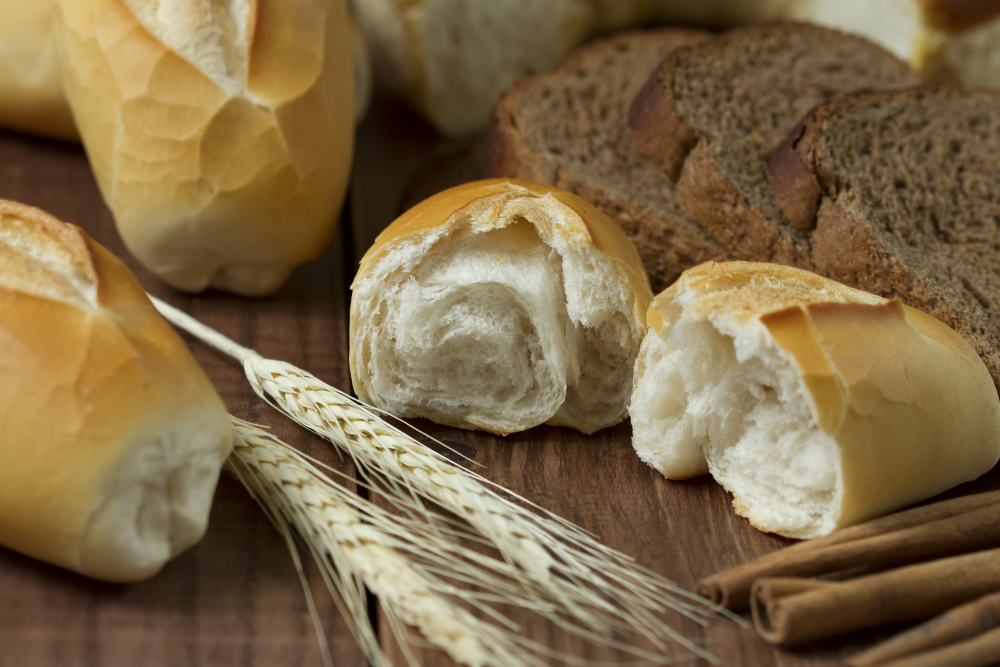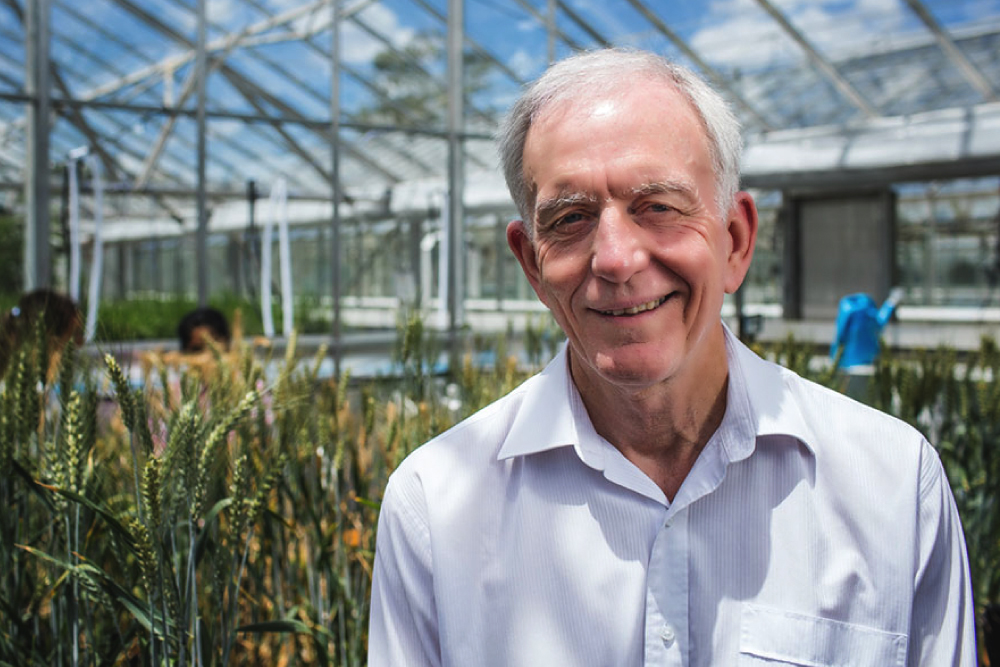QAAFI researchers have discovered how to make more flour from the same amount of grain – a finding that could help avert food shortages around the world.
The world faces a looming food security crisis given increasing pressure from population growth and climate change. Of particular concern is an anticipated shortfall in the world’s supply of wheat flour – the staple that supplies an estimated 20 percent of the total calories and proteins consumed worldwide.

The situation has triggered research efforts on an unprecedented scale to prevent shortages as the world heads towards peak population in about 2050. Researchers in Australia are at the forefront of some of this work, leading and participating in many local and international research programs.
Now research led by QAAFI Director Professor Robert Henry has developed a new strategy to increase the world’s supplies of flour that does not require growing more wheat or decades-long roll-out times for research and development.

Professor Henry’s team discovered new information and is developing the tools needed to extract more flour during milling from the same amount of grain.
The discovery is based in wheat genomics. The researchers examined levels of gene expression in maturing grain, comparing 30 wheat varieties that are genetically programmed to produce grain with different milling properties.
Milling genes
Two genes were identified that determine how much flour can be extracted from grain – a trait called the ‘flour yield’. These belong to a larger family of genes that encode fasciclin-like arabinogalactan proteins (FLAs). The two genes play a structural role that affects the rigidity of a compartment within the grain, which in turn affects how easily grain breaks up during milling.
Wheat grain has three main components – endosperm (the source of flour), bran (which needs to be separated from the endosperm to make flour) and germ (the embryo for a new wheat plant).
“The FLA genes affect the rigidity of the interface between endosperm and bran,” Professor Henry says.
“We showed that when expressed at low levels, the resulting grain breaks up more easily during milling, resulting in more flour.
“That means we can select for higher flour yield by breeding wheat that is genetically programmed to express FLAs in the grain at low levels.”
The finding has important food security implications. Currently, recovery of flour from dry milling usually ranges between 70 and 80 per cent of the wheat grain, which is below the theoretical maximum of 85 per cent. Existing testing techniques have made it extremely difficult for wheat breeders to target greater flour yield.
The new insight into the two FLA genes will allow DNA markers to be developed to easily, cheaply and quickly compare hundreds, even thousands, of breeding lines for their potential flour yield.
This kind of DNA marker-assisted screening technology, which could identify whether the relevant FLA genes are strongly or weakly expressed, can be used on minute amounts of plant material, sourced even from seedlings. This bypasses the need to produce large quantities of grain for a milling-based test to estimate flour yield.
The potential knock-on effect could considerably improve the general productivity of the wheat industry.
Yield and flour boost
Professor Henry says it is already possible to breed wheat that produces extremely high quantities of grain, but the grain is usually unsuited to milling and is consequently used as feed for livestock.
“We now have the option to silence FLA gene expression in high-yielding but feed-grade wheat using gene editing techniques,” he says. Adding milling quality to the genetics of what are currently feed wheats would increase the amount of premium-grade grain reaching mills and allow a jump to ultra-high flour yields.
Combining all the potential applications of this new selective breeding capability could quickly provide one of the yield ‘quantum leaps’ needed to meet future demand for wheat, he says.
Particularly attractive to Professor Henry is the potential to add more flour into the supply chain without the need to cultivate more land or use more water, soil nutrients or fertiliser.



